The process of becoming a flight attendant may differ from place to place, but there are two main aspects that are universal: successfully completing the pre-hire orientation and training, and having a successful customer service experience. Read on for more specific details about how to become a flight attendant in Iceland.
Also Read: How to Answer: What does excellent customer service mean to you?
Being a flight attendant is a unique experience, and it’s even more special when you’re based in a place like Iceland. The country is known for its stunning natural beauty, and it’s a popular destination for both business and leisure travelers.
As a flight attendant, you’ll have the opportunity to meet people from all over the world and help them enjoy their time in Iceland. You’ll also get to see some of the most amazing scenery on Earth, including glaciers, waterfalls, and volcanoes. If you’re looking for an exciting and rewarding job, being a flight attendant in Iceland is a great option.
Contents
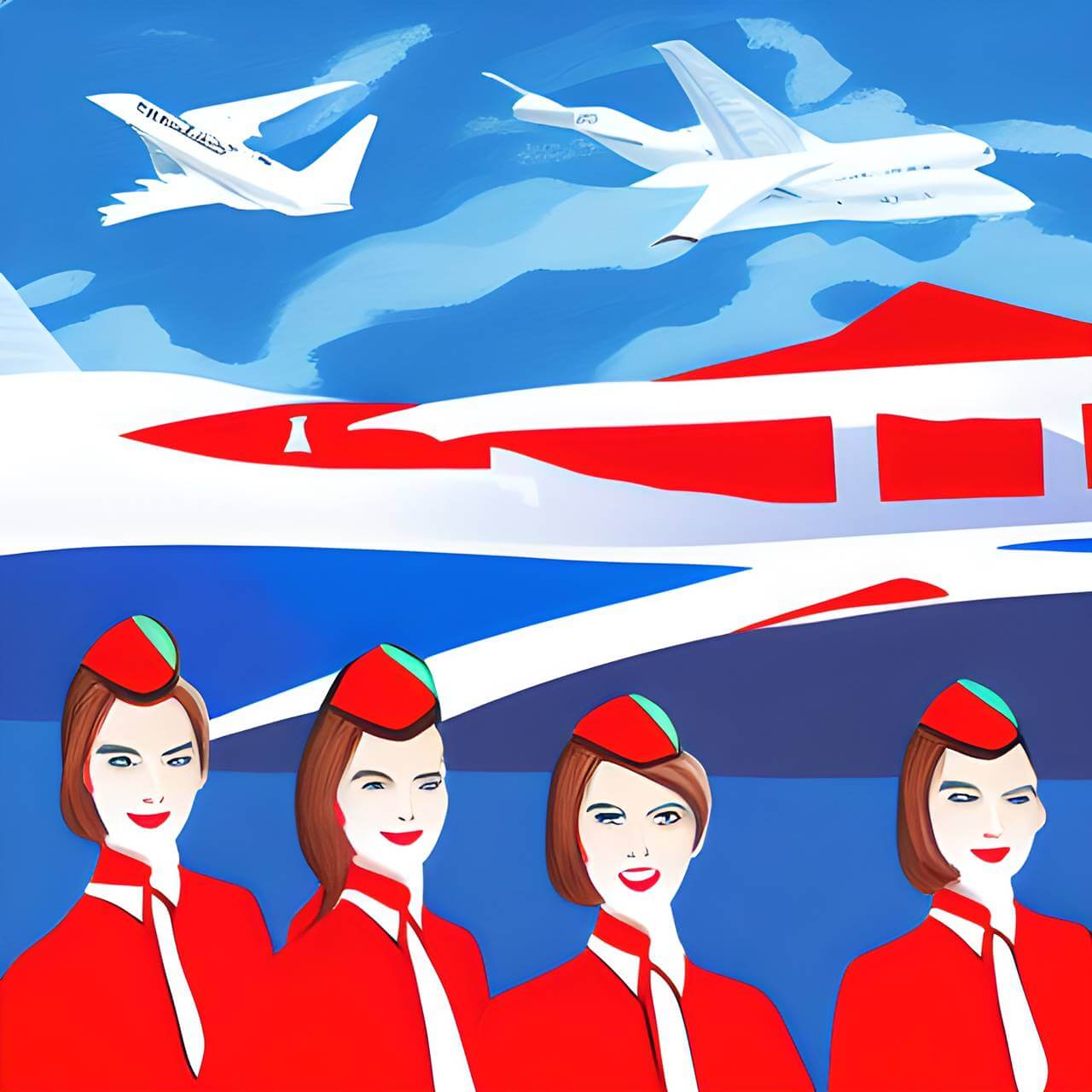
List of Airlines in Iceland to Work as a Flight Attendant
Here’s the list of airlines in Iceland:
- Eagle Air
- Icelandair
- Norlandair
- PLAY
- Niceair
- Air Atlanta Icelandic
- Myflug
- Atlantsflug
- Bluebird Nordic
- Icelandair Cargo
- Wideroe
- Nordic Regional Airlines
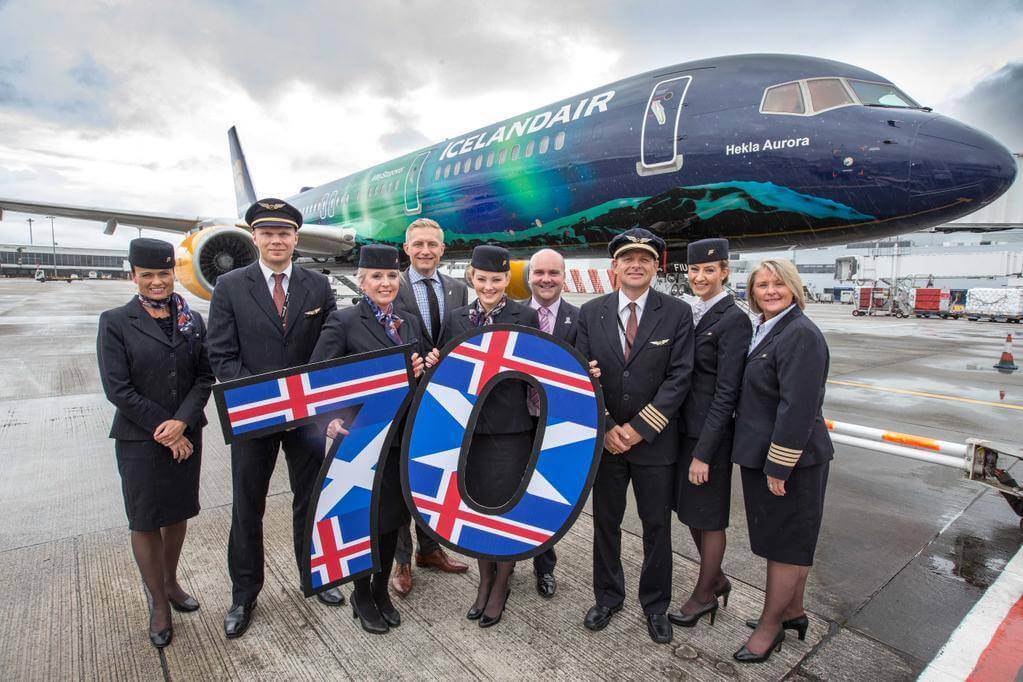
What are the Requirements of a Flight Attendant Job in Iceland?
Here are the basic requirements to become a flight attendant in Iceland:
- To become a flight attendant, you will need to:
- You should have done a high school diploma or an equivalent.
- Age should be 18 years old or older but if “21 if specified by the employer”
- Completed a flight attendant training program.
- Take on-the-job training that lasts a medium duration.
Another Interesting Read: How To Apply for Caribbean Flight Attendant Hiring
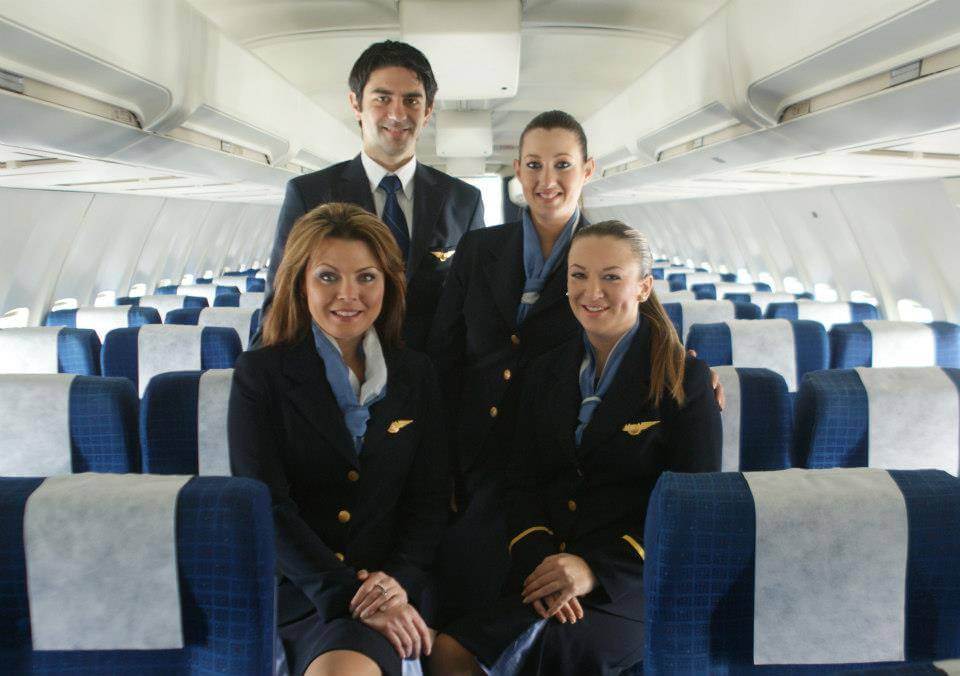
Steps to Apply for a Cabin Crew Job in Iceland
If you are interested to become a flight attendant in Iceland follow the steps below:
1. Do research
The first and most important step is to research extensively. This means reading everything available on the topic, not just the titles. Look up which airlines are hiring and familiarize yourself with their requirements. We sometimes list them down, but it’s also beneficial to do your own search outside our website as well.
Not only do you have to meet the height requirements of an airline, but you also must usually have a minimum arm reach of 212 cm. Therefore, please make sure to find an airline that best suits your qualifications so that you don’t forget anything important!
2. Apply to airline companies with a resume
Now that you’ve done your research, it’s time to apply what you’ve learned. Join an open day or recruitment event for cabin crew members. However, with the new normal of social distancing, these events may look different than they used to. Whatever it is, just go out and apply. Look for airlines that are hiring and see if you qualify for their requirements.
3. Go through the hiring process.
The recruitment process is long and difficult, often taking each applicant through 5 to 6 stages – sometimes even more. The screening process consists of the following:
- Checking if the candidate meets all requirements
- A medical exam
- The initial interview
- Group dynamics and impact assessment
Every airline has different medical requirements, so it is important to be prepared for all of them. Some airlines have two medical exams and even an IQ or written test as part of their recruitment process. Now, you might be wondering why it is very important to prepare for the recruitment process. The answer is that the attrition rate is 90% or more.
Application numbers for Delta flight attendant positions have always been high, with over 100,000 applicants in years past. However, only 1,000 people were accepted out of those applicant pools. At present day, the acceptance rate has gone down to a range of 3% to 7%.
Upon successful completion of the recruitment process, you will begin training to become a cabin crew member.
If you have any background, you will go through the airline’s training program. The recruitment process was tough, but this one is three times as hard. Have you ever considered a whole college term is only 70 days? That is how long and detailed flight attendant training can be in some airlines.
The training process, which lasts for 70 days or more, focuses primarily on the following:
- Aero nomenclature or general terms and parts of an aircraft
- Safety equipment on board
- Safety features of the aircraft
- Emergency procedures
- Dangerous goods
- First aid
- Survival training
- Firefighting
- Customer or passenger service
- Grooming
- Personality development
Daily exams with a 90% passing grade are only part of what you’ll experience. You will also have to complete practical drills, check rides, and wet runs. Although 70% of training focuses on safety, flight attendants’ primary duty is to ensure the safety and security of passengers onboard.
4. You graduate as a certified flight attendant.
If you successfully complete the training and pass all associated check rides, you will receive a diploma as well as your wings nameplate. The wings work similarly to a police badge in that they show that you are now a fully trained flight attendant. Many airlines hold some sort of “graduation” ceremony or event where newly hired flight attendants are given their insignia.
Most airlines have a six-month “probationary period” before making an employee regular. Additionally, flight attendants are required to participate in annual “recurrent training” to keep their wings active.
Another Interesting Read: 15 cabin Crew Career Progression Paths for Flight Attendants
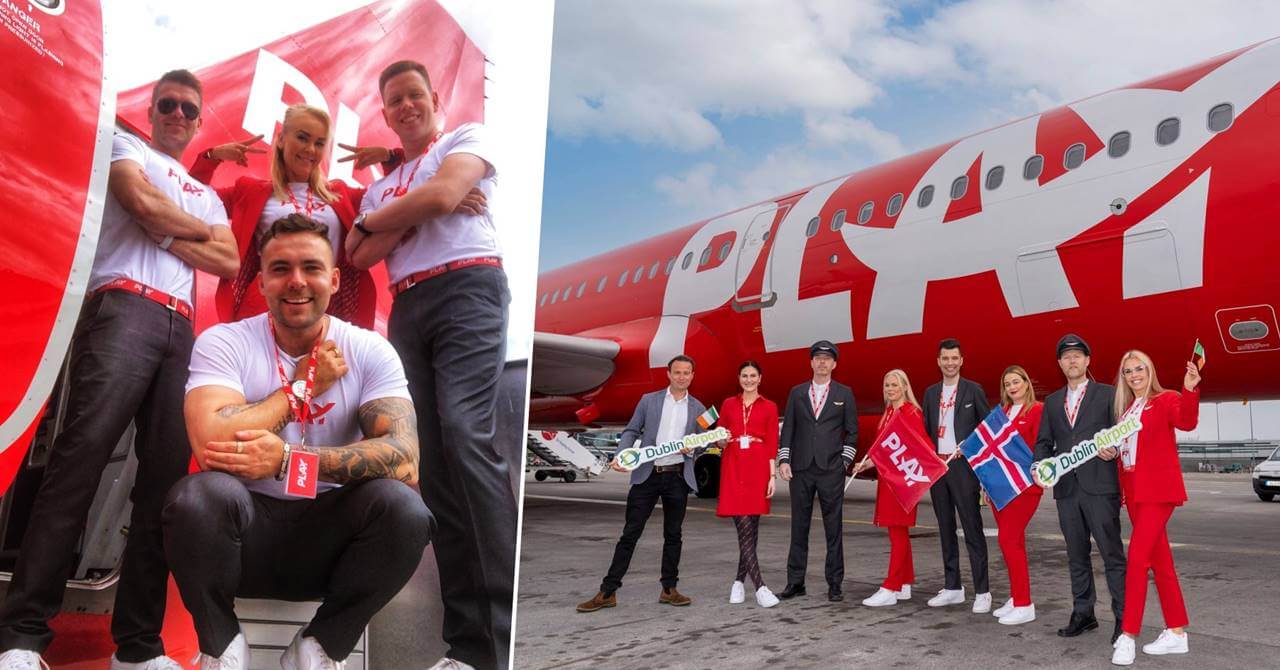
What is the Salary Of A Flight Attendant in Iceland
The average flight attendant in Iceland earns 437,000 ISK per month, with salaries ranging from the lowest at 201,000 ISK to the highest at 695,00 ISK.
Based on experience, skills, gender, or location, Flight Attendant salaries can greatly differ. Below you will find a comprehensive breakdown of all the data we have collected.
The median, the maximum, the minimum, and the range
Salary Range
- Flight Attendant salaries in Iceland span from the minimum monthly salary of 201,000 ISK to the maximum monthly salary of 695,000 ISK.
Median Salary
- A Flight Attendant’s average salary per month is 472,000 ISK. This means that 50% of individuals in this profession earn less than the average amount while the other half earn more. The median is the middle salary value. You would ideally earn more than this number.
Percentiles
- The 25th and 75th percentiles are values that closely relate to the median. According to the salary distribution diagram, 25% of Flight Attendants earn less than 303,000 ISK while 75% of them earn more than 303,000 ISK. The diagram also states that 75% of Flight Attendants earn less than 630,000 ISK while 25% earn more than 630,000 ISK.
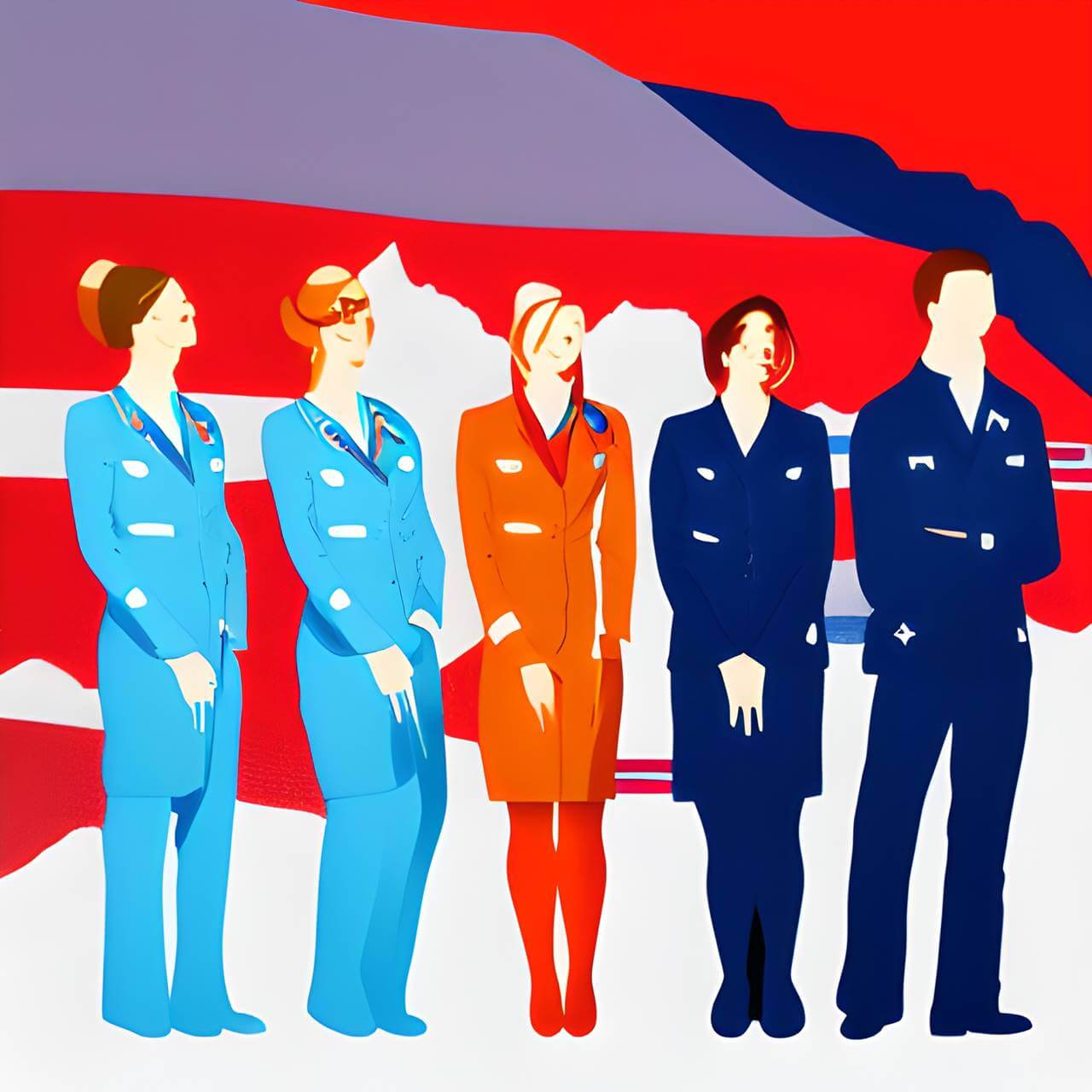
Summary
Many flight attendants in Iceland become one for the non-monetary perks that come with the job, rather than the salary. To make up for this deficiency, they find ways to economize their costs of living – such as by sharing crash pads with other pilots and fellow flight attendants.
The benefits and security of most Flight Attendants are provided through unions which atmospherically improve working conditions.
In addition to flight attendants getting to travel and explore different parts of the world, they also enjoy other benefits that come with the job. We hope that this general overview will encourage you to take the next steps in becoming a flight attendant!
Another Interesting Read: Flight Attendant Travel Blogger – Blog About My Travel Experience